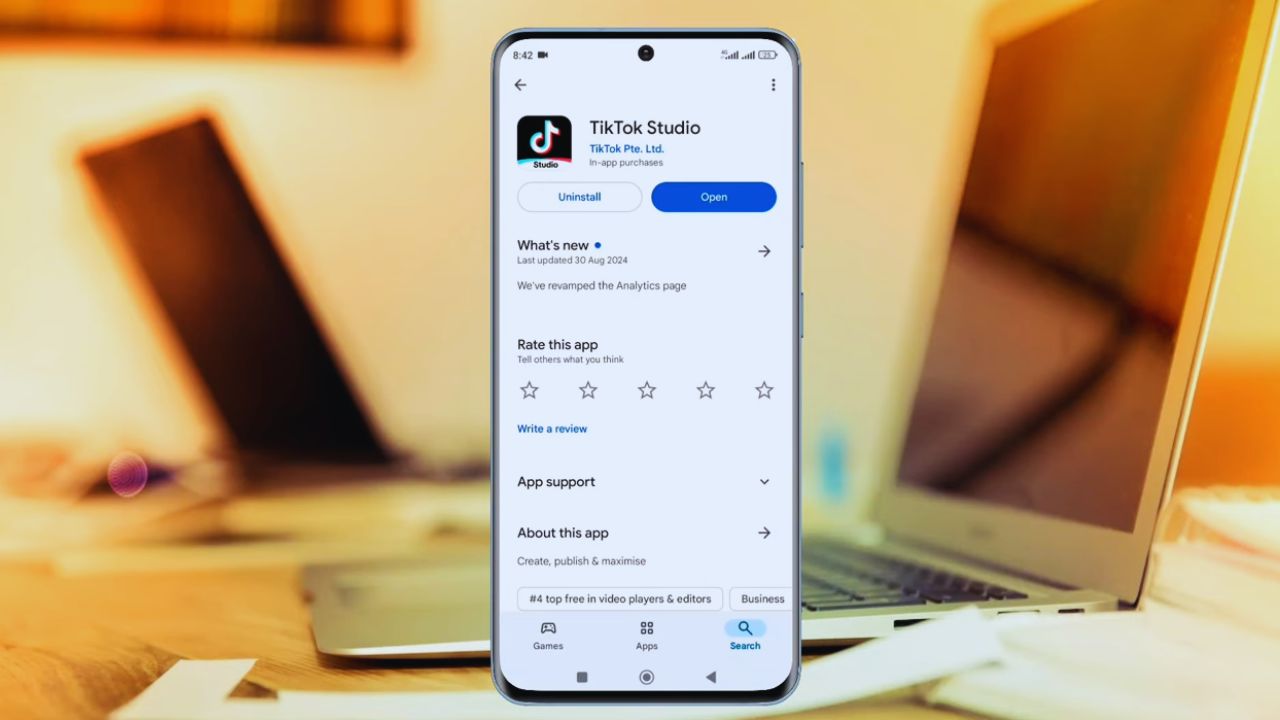Planning for retirement is a crucial step toward achieving financial independence in your golden years. A well-chosen pension plan ensures a steady income post-retirement, helping you maintain your lifestyle and manage unforeseen expenses effectively. With numerous options available, understanding the Factors to Consider Before Buying a Pension Plan in India is vital to make an informed decision.
This guide provides detailed insights to help you make an informed decision by addressing the most critical aspects of pension planning in India.
Factors to Consider Before Buying a Pension Plan in India
Choosing the right pension plan involves analyzing various factors that align with your financial goals and retirement needs. Let’s explore these factors in detail.
1. Understand Your Financial Goals
Before investing in a pension plan, assess your retirement goals. Consider your current lifestyle, expected future expenses, inflation rates, and healthcare costs. These factors will help you estimate the corpus required for a comfortable retirement.
| Key Considerations | Details |
| Retirement Age | When do you plan to retire? |
| Monthly Expenses | How much do you need to maintain your lifestyle? |
| Inflation Adjustment | Account for an average inflation rate of 5-6%. |
| Desired Corpus | Use retirement calculators to estimate the required amount. |
Example: If you currently spend ₹50,000 per month and expect inflation at 6%, you’ll need a significantly higher amount post-retirement to maintain the same lifestyle.
Pros: Helps align savings with future needs.
Cons: Requires accurate long-term planning.
Key Highlight: Use digital retirement calculators for precise estimations.
2. Choose the Right Type of Pension Plan
Pension plans in India vary in structure and benefits. Selecting the right type is among the most critical Factors to Consider Before Buying a Pension Plan in India and depends on your financial objectives and risk appetite.
| Plan Type | Description |
| Deferred Annuity | Build a corpus over time; payouts start after retirement. |
| Immediate Annuity | Begin receiving payouts immediately after investing a lump sum. |
| National Pension Scheme (NPS) | Market-linked returns; offers flexibility and tax benefits. |
| Life Annuity | Provides income until death; spouse can receive income under joint life options. |
Example: The LIC New Jeevan Shanti Plan offers both deferred and immediate annuity options, making it suitable for different needs.
Pros: Wide variety of plans to suit different goals.
Cons: Complex terms in some plans.
Key Highlight: Plans like NPS offer tax-saving and market-linked growth.
3. Entry Age and Vesting Age
The age at which you start investing (entry age) and begin receiving payouts (vesting age) significantly impact your returns. Starting early allows the benefits of compounding to accumulate.
| Age Factor | Impact |
| Early Start (20s or 30s) | Lower premiums, higher corpus due to compounding. |
| Late Start (40s or 50s) | Higher premiums required to build sufficient corpus. |
| Vesting Age | Typically ranges from 40 to 70 years; choose based on retirement goals. |
Example: Starting an NPS account in your 20s can help you accumulate a larger corpus compared to starting in your 40s.
Pros: Encourages disciplined savings.
Cons: Late starters may need higher contributions.
Key Highlight: Early investment ensures maximum compounding benefits.
4. Premium Payment Options
Pension plans offer flexible premium payment modes—single premium or regular payments (monthly, quarterly, annually). Choose an option that suits your financial situation.
| Payment Mode | Features |
| Single Premium | One-time investment; suitable for those with surplus funds. |
| Regular Premium | Periodic payments; ideal for salaried individuals with steady income. |
Example: HDFC Life Smart Pension Plus allows both single and limited premium payment options.
Pros: Tailored to cash flow preferences.
Cons: Single premiums require a large upfront amount.
Key Highlight: Flexible premium modes cater to varying income patterns.
5. Returns and Annuity Rates
Evaluate the returns offered by the pension plan—whether they are guaranteed or market-linked—and compare annuity rates across providers.
| Return Type | Details |
| Guaranteed Returns | Fixed payouts; lower risk but modest growth (e.g., LIC Jeevan Akshay). |
| Market-Linked Returns | Higher potential growth; subject to market risks (e.g., ULIPs or NPS). |
Example: The ICICI Pru Guaranteed Pension Plan offers fixed annuity rates for life, ensuring stable income.
Pros: Predictable income for guaranteed plans.
Cons: Market risks for equity-linked plans.
Key Highlight: Compare annuity rates to maximize post-retirement income.
6. Tax Benefits
Leverage the tax benefits available under Sections 80C and 80CCD of the Income Tax Act—an important point when evaluating the Factors to Consider Before Buying a Pension Plan in India.
| Tax Benefit Section | Details |
| Section 80C | Deductions up to ₹1.5 lakh per year for premiums paid. |
| Section 80CCD(1B) | Additional deduction of ₹50,000 for NPS contributions. |
| Tax on Withdrawals | Lump-sum withdrawals may be partially taxable; annuity income is taxable as per slab rates. |
Example: Contributions to NPS are eligible for additional tax benefits under Section 80CCD(1B).
Pros: Reduces taxable income significantly.
Cons: Annuity income is fully taxable.
Key Highlight: Tax benefits make pension plans highly cost-effective.
7. Flexibility in Withdrawals
Check the withdrawal flexibility offered by the pension plan, such as partial withdrawals or surrender value.
| Withdrawal Option | Features |
| Partial Withdrawal | Allowed under specific conditions like medical emergencies (e.g., NPS). |
| Surrender Value | The amount received upon policy termination before maturity. |
Example: The National Pension Scheme allows up to 25% withdrawal for specific purposes like education or medical emergencies.
Pros: Provides liquidity during emergencies.
Cons: May reduce the final retirement corpus.
Key Highlight: Flexible withdrawal policies add value.
8. Assess Your Risk Appetite
Your risk profile—conservative, moderate, or aggressive—should guide your choice between traditional plans (low risk) and market-linked plans like ULIPs or NPS.
| Risk Profile | Recommended Plan Type |
| Conservative | Traditional annuity plans with guaranteed returns (e.g., LIC Jeevan Shanti). |
| Moderate | Balanced funds in NPS or ULIPs with limited equity exposure. |
| Aggressive | Equity-focused pension funds for higher growth potential but increased risk. |
Example: ICICI Pru Easy Retirement Plan invests in equity markets for aggressive investors.
Pros: Risk-aligned plans cater to diverse needs.
Cons: Equity exposure can lead to market volatility.
Key Highlight: Match risk appetite with appropriate plan type.
9. Additional Benefits and Riders
Look for optional riders that enhance the plan’s value, such as life cover or critical illness benefits.
| Rider Type | Benefits Provided |
| Life Cover | Provides financial security to dependents in case of policyholder’s demise. |
| Critical Illness | Covers treatment costs for severe illnesses like cancer or heart disease. |
Example: The Tata AIA Fortune Guarantee Pension Plan includes death benefit protection along with guaranteed income.
Pros: Adds comprehensive protection.
Cons: Riders may increase premium costs.
Key Highlight: Riders offer enhanced security for unforeseen events.
10. Reputation of the Provider
Choose a reliable insurance provider with a strong claim settlement ratio and customer service record.
| Key Metrics to Evaluate | Details |
| Claim Settlement Ratio | Indicates how efficiently claims are processed. |
| Financial Stability | Look for providers with high credit ratings. |
| Customer Reviews | Check feedback on service quality and transparency. |
Example: LIC leads the market with a claim settlement ratio exceeding 98%.
Pros: Ensures hassle-free claim processing.
Cons: Limited options with newer providers.
Key Highlight: Trusted providers reduce investment risks.
Takeaway
Selecting the right pension plan is essential for securing financial stability during your retirement years. By carefully analyzing the Factors to Consider Before Buying a Pension Plan in India, such as entry age, premium payment options, tax benefits, and flexibility, you can make an informed decision that aligns with your long-term goals.
Understanding these key aspects will help you navigate through various options available in India and choose what works best for you and your family’s future security.
When considering all these points together, it becomes clear why focusing on the critical factors to consider before buying a pension plan in India is indispensable for effective retirement planning!










































